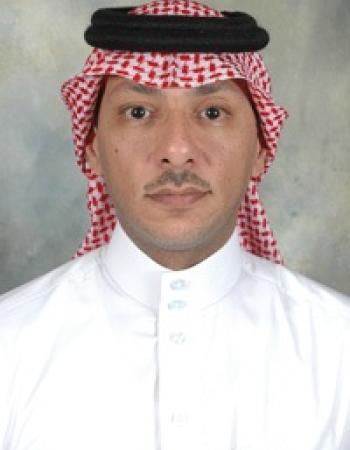Histopathological Changes in Liver, Gills and Intestine of Labeo rohita Inhabiting Industrial Waste Contaminated Water of River Ravi
Mahboob, Tayyaba Sultana,1 Khadija Butt,1 Salma Sultana,1 K. A. Al-Ghanim,2 Rabia Mubashra,1 Nouman Bashir,1 Z. Ahmed,2 Asma Ashraf1 and Shahid . 2016
Histopathological changes have been recorded in the gills, liver and intestinal tissue of Labeo rohita
from River Ravi receiving industrial waste. Varying concentrations of Pb and Cu were recorded in
the liver, gills and intestine of Labeo rohita. The pronounced histopathological changes like
degeneration, necrosis and disorganization of lamellae and hyperplasia of epithelial cells was
observed in the gills of the fish collected from a polluted site as compared to the fish from a control
site. The liver sections of Labeo rohita exhibited aggregation, hypertrophy of hepatocytes,
cytoplasmic degeneration, hemolysis between hepatocytes, focal necrosis and degeneration. In the
intestinal tissue of Labeo rohita prominent histopathological changes, including edema, atrophy in
the mucosal layer, hemorrhage between blood vessels, blood congestion and aggregations of
inflammatory cells were observed. The polluted water has caused more histopathological alterations
in Labeo rohita. Comparison of histopathology in each organ of Labeo rohita showed a same degree
of tissue damage in the gills, while aggregation of hepatocytes in the liver, and atrophy of the
mucosal layer in intestinal tissue of L. rohita were more evident.

This current work revealed a single-step fabrication of tungsten oxide nanoflakes (WO3
NFs) with the help of Terminalia arjuna bark extract. Bioactive phytoconstituents of T. arjuna bark…

In the present work, the residual biomass of the green seaweed Ulva lactuca was chosen as feedstock to undergo separate
hydrolysis and fermentation process to produce bioethanol. The…

Waterbirds may be a good indicator of harmful metal levels in aquatic environments. Waterbirds’
organs and tissues were tested for the presence of pollutants, such as metals. However,
…

